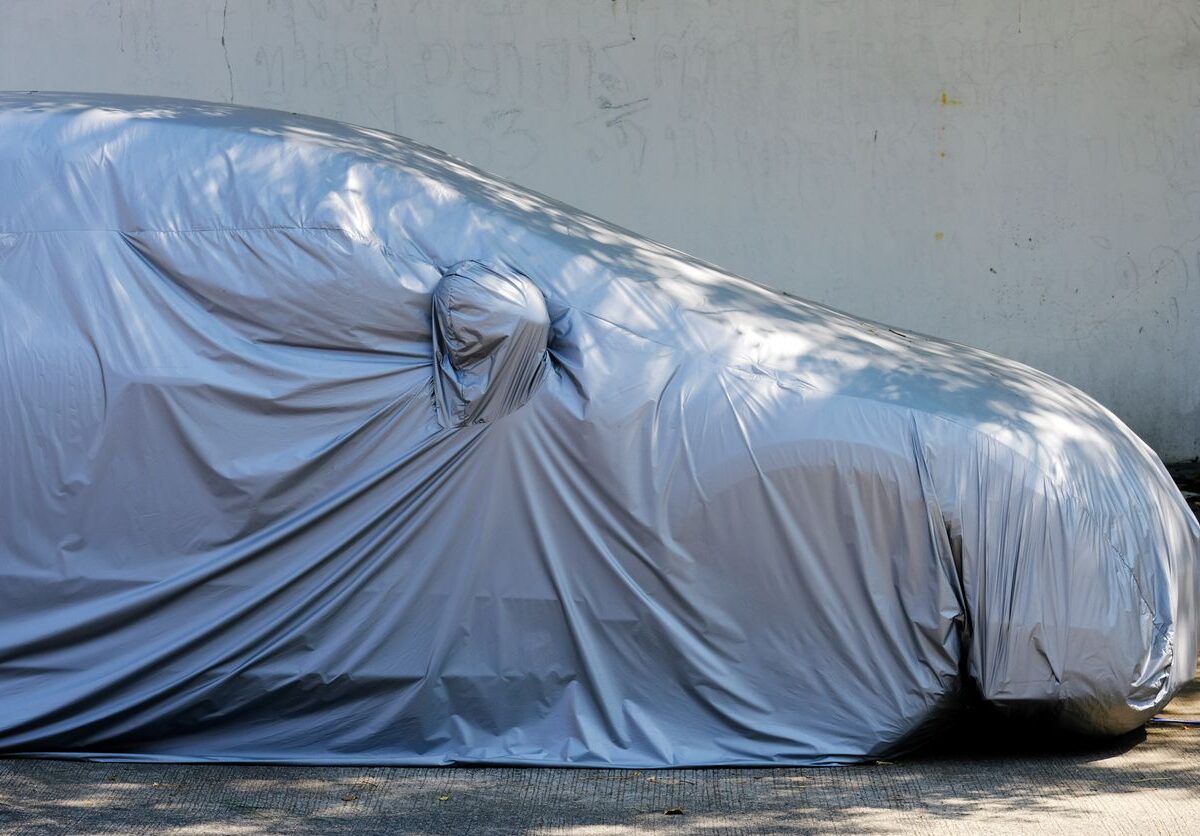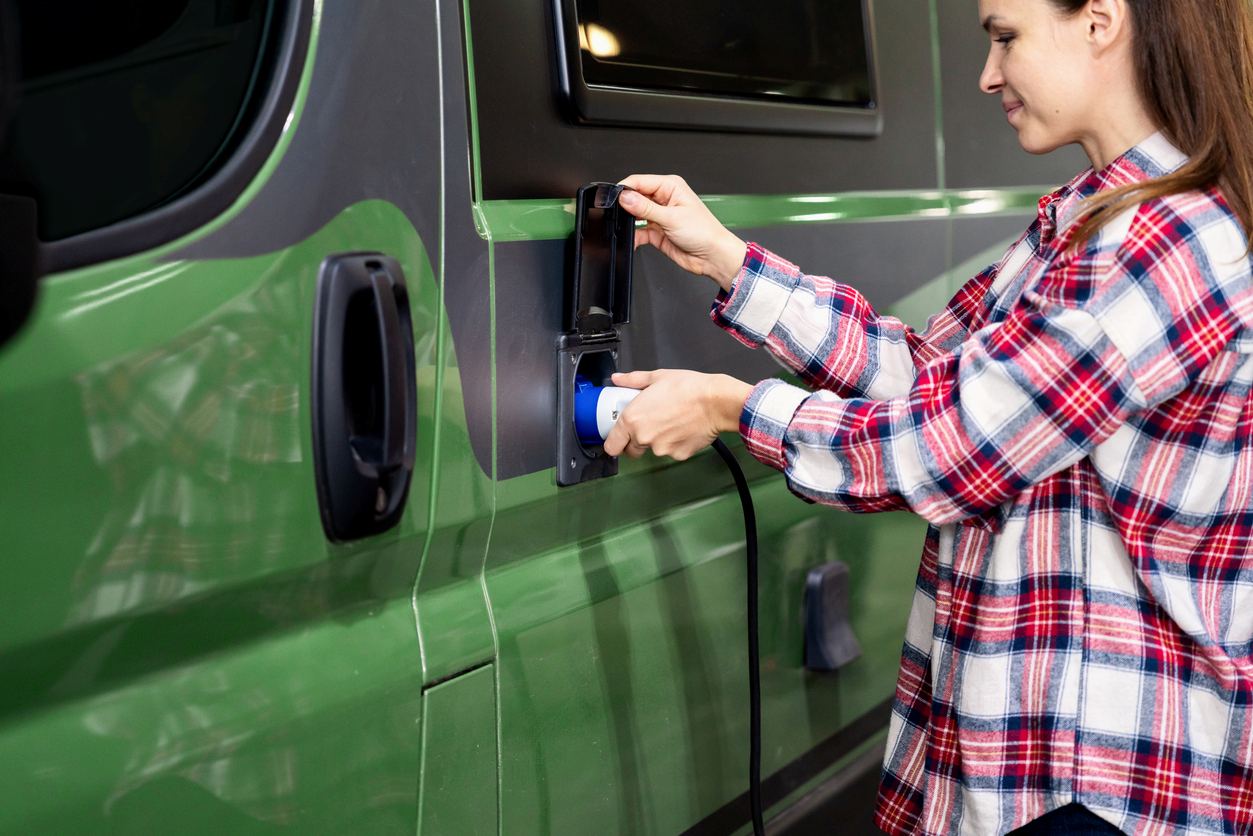The Ultimate Pre-Storage Checklist for Cars and RVs

If you have an extra set of wheels you plan to store away for an extended period, your responsibilities extend beyond simply parking it and walking away. Failing to prepare your vehicle properly can lead to issues like flat tires, battery drain, or fluid breakdown, not to mention the risk of suffering damage from unwanted pests.
Whether you’re looking for somewhere to store a vintage sports car or a place for your Class-A motor home to hibernate through the offseason, the experts at KO Storage are here to help. We’ve put together this step-by-step vehicle storage checklist that will help you protect your vehicle so it’s ready to hit the road the next time adventure calls.
Preparing To Rent Storage for Vehicles
Before jumpstarting the vehicle prep process, find the right storage space. Not all storage units accommodate vehicles, and RVs, in particular, require more space. Measure your vehicle carefully and confirm door widths, ceiling heights, and entry access at the facility. For full protection against elements like UV rays and falling debris, indoor vehicle storage is your best option.
1. Clean the Exterior and Interior Thoroughly
Things like grime, sap, and residue can damage paint and trim if left untreated for an extended period. Begin with a thorough exterior wash and follow up with a wax application to preserve the finish.
Cleaning the interior is equally important for avoiding mold and pest issues. Here’s a complete checklist of how to clean your car or RV:
- Wash and dry the exterior to eliminate dirt, droppings, and tree sap.
- Apply a wax coating to shield the paint from long-term damage.
- Vacuum all carpet, mats, and cloth surfaces in the cabin.
- Wipe down plastic, leather, and dashboard areas with a gentle cleaner.
- Remove food, garbage, and perishables that could rot and attract insects.
- For RVs, defrost and empty out the fridge, pantry, and freezer compartments.
2. Top Off and Treat Fluids
Fluid degradation is a major concern during long-term storage. Topping off and treating your vehicle’s fluids helps prevent corrosion, condensation, and internal wear, making it one of the most important parts of vehicle maintenance.
Fill the gas tank and add a fuel stabilizer to protect against rust and gumming. After adding the stabilizer, let the engine run for a few minutes to allow it to circulate. This helps your engine start smoothly months later. Also, be sure to check and top off the engine oil, coolant, brake fluid, and windshield washer fluid, as fresh fluids reduce internal oxidation and prevent seals from drying out.
3. Inflate Tires and Prevent Flat Spots
Even unused tires lose pressure over time, especially in cold weather. Low pressure can create flat spots, which are difficult to fix and can ruin your tires. Inflate tires to the maximum pressure recommended on the sidewall or the sticker inside the driver’s door. For long-term vehicle storage (lasting longer than 30 days), consider using tire cradles or jack stands to minimize weight stress.
How Long-Term Storage Affects Tire Pressure
Understanding how temperature affects tire pressure is key when preparing a vehicle for long-term storage. Tires naturally lose pressure over time, even without punctures or leaks, and cold weather accelerates this process. Starting with the manufacturer’s maximum recommended PSI and reducing excess weight can help prevent flat spots and extend tire life.
4. Maintain the Battery

Without regular use, your car or RV battery will discharge slowly. A parasitic drain from systems like alarms or onboard electronics can quickly deplete a battery in just a few weeks. To avoid this, disconnect the negative terminal to limit drainage or use a trickle charger to provide a steady, low-voltage charge. These are ideal solutions for storage units with outlet access, as they can help reduce the risk of battery failure.
How Does a Trickle Charger Work?
Trickle chargers detect when the battery voltage drops and deliver just enough current to maintain a charge. They shut off automatically once the battery is full. Choose a model rated for low temperatures if your unit isn’t climate-controlled.
5. Seal Entry Points To Deter Pests
Unoccupied vehicles can attract rodents, vermin, and other pests, especially during colder months. In addition to being unsanitary and unpleasant, pesky critters and insects can enter through vents or gaps and chew through wiring or upholstery. Here are some tips for pest-proofing your vehicle:
- Block tailpipes and air intakes with steel wool or mesh screen.
- Inspect and seal RV vents, undercarriage gaps, and slide-outs.
- Place rodent-repelling pouches or cotton balls with peppermint oil near wiring.
- Never leave snacks, pet food, or scented items inside the vehicle.
6. Protect the Vehicle With a Quality Cover
A fitted, breathable cover adds a layer of protection against dust, accidental bumps, and indoor moisture. Avoid using tarps or plastic covers, which can trap humidity and promote rust. In fact, searching for covers made for your exact make and model can deliver the best protection. When storing an RV, choose a cover that includes coverage for the rooftop, vents, and slide-outs for complete peace of mind.
7. Take Documentation and Prep for Retrieval
As the months go by, it’s easy to lose track of the details of your vehicle storage rental. Creating a brief record will make retrieving your vehicles easier and streamline any trips you make to your secure vehicle storage facility down the road. Make sure to remember these vehicle storage tips:
- Photograph the vehicle’s condition inside and out.
- Note mileage, tire pressure, and last service date.
- Remove valuables and accessories, such as GPS devices or dash cams.
- Tape a note to the windshield with battery status, fluid types added, and stabilizer used.
- For RVs, list any winterization tasks that have been completed, especially those related to the water system.
Find Indoor Vehicle Storage With KO Storage
With your car or RV properly prepped, choosing a reliable facility is the last step. KO Storage offers indoor vehicle storage units, backed by helpful staff and convenient leasing options. Whether you’re looking for a month-to-month vehicle storage rental or long-term protection, we have something that will work for you.
Find a KO Storage facility near you today to get started! You can also explore our frequently asked questions for more information.